Here are five hikes in and around Raleigh where spring blooms, beautifully.
by Joe Miller
They’re so small, yet they offer so much hope: the first blossom of a spring beauty, no bigger than a dime with its five white petals splayed, or a trout lily unfurling its delicate yellow fingers, streaked in crimson. When you see these poking through the forest floor, you’re finally allowed to begin the countdown to spring. Winter is on its downside, the annual cycle of life is about to begin, and shorts and t-shirt weather is around the corner.
In the Triangle, springtime happens bit by bit. Bottomland hardwood forests bloom first: those wildflowers need to grab life-giving sunshine before the canopy fills and hogs it all. South-facing slopes are next, benefitting from their extended exposure. Meadows are typically last; no rush, they’ll have sun into fall. Just as predictable as wildflowers responding to spring’s warmer weather are hikers, as some trails get crowded — but not all! Turn the page for five under-the-radar spots in the Triangle good for catching the spring show.
Eno River State Park, Pump Station Trail, Durham
So good are the wildflower viewing opportunities here that the Eno River Association includes the Pump Station in both its winter and spring Sunday Hike series. This season, the star is the showy Lady Slipper orchid. (A vernal pond near the bridge over Nancy Rhodes Creek is home to another harbinger of spring, the enchanting chorus of spring peepers.) This is an especially good hike for kids who may need more motivation than tiny flowers. The 1.5-mile trail is relatively short, but also passes the remains of the water works that supplied Durham with water from the late 1800s until 1926. The old stone dam on Nancy Rhodes Creek and the decaying brick foundation of the pump station make for good exploring (though keep a tight rein on the kids; some of the exposed walls rise 10 to 15 feet). And the Eno River through here includes several small cascades that are particularly frisky after a good rain.
4023 Rivermont Road, Durham; sunrise to sunset; for more information, visit enoriver.org
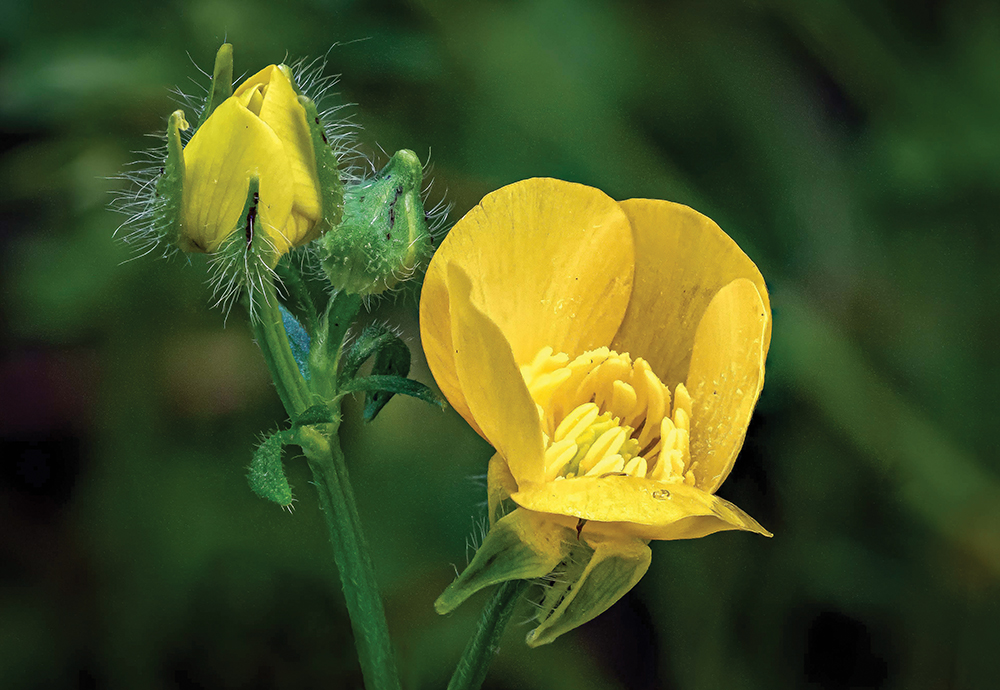
De Hart Botanical Garden, Louisburg
When Louisburg College history professor Allen de Hart and his wife, Flora, purchased their homestead off highway US 401 in the early 1960s, they didn’t know what exactly they’d bought — until a botany professor came for dinner. On an after-dinner walk, he remarked, “You’ve got a lot of unique species. A whole lot.” It turned out the land’s location on the Fall Line, which separates the Piedmont from the Coastal Plain, was the ideal habitat for a slew of plants. Over the next 50 years, de Hart would cultivate what came with the property and add to it, resulting in a 92-acre preserve that today includes 620 azalea bushes, 3,000 daylilies, and something in bloom every month of the year. About 3 miles of trail take you past two waterfalls, through a bamboo garden, over several rock outcrops (including one overlooking a lake that’s perfect for a spring picnic), and past just about every wildflower known to bloom in the Triangle.
3585 US-401, Louisburg; sunrise to sunset; for more information, visit louisburg.edu
Howell Woods Environmental Learning Center, Four Oaks
Howell Woods, a component of Johnston Community College, is home to a large selection of spring ephemerals and a generous span of time to enjoy them. Early in the season, the half-mile Leopold Loop offers early season sightings through bottomland woods, while the the quarter-mile Savannah Trail circles its namesake pond and offers better opportunities later in the season. Both trails can be picked up from the Learning Center, at the main entrance. Venture farther into this 2,800-acre preserve — about half the size of Umstead State Park in Raleigh — and explore more than 15 trails and six gravel roads that take you through some of the best birding around (it’s part of the North Carolina Birding Trail), as well as into a wetlands formed by the sprawling Neuse River known as the Let’Lones.
6601 Devils Racetrack Road, Four Oaks; sunrise to sunset; for more information, visit johnstoncc.edu/howellwoods
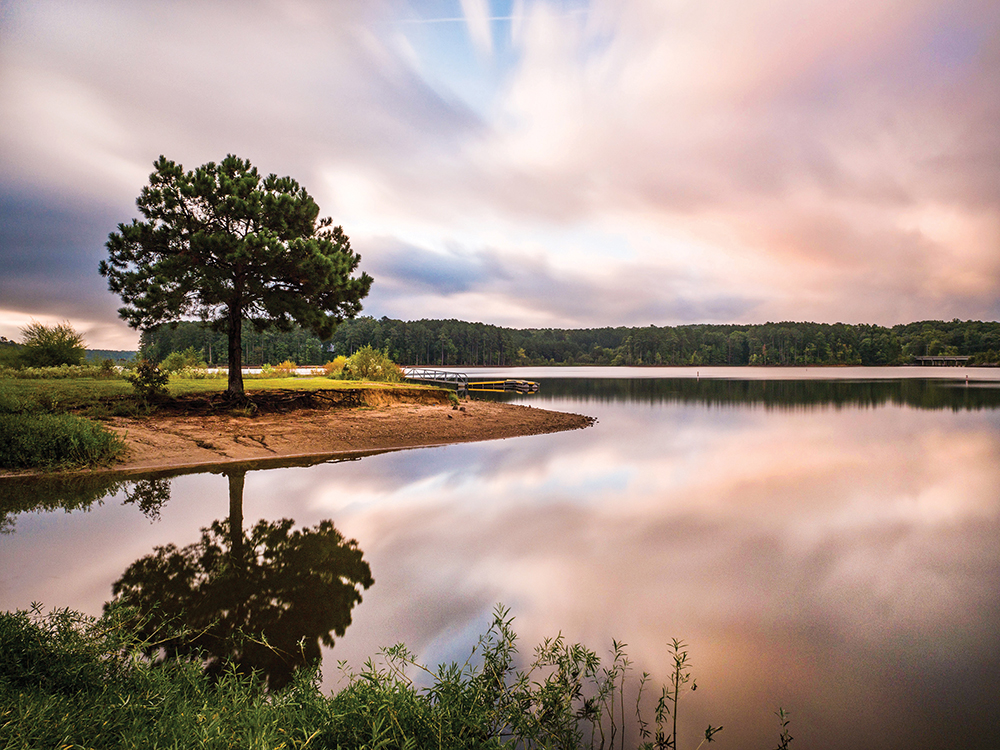
Mountains-to-Sea Trail at Falls Lake, Day-Hike Section S, Durham
The variety of terrain that this hike covers makes it especially attractive for spring wildflower viewing (it’s lovely in summer and fall, too). From the northern access off Red Mill Road, take the trail east through a low-lying hardwood forest especially welcoming to early spring ephemerals. The trail goes on to skirt meadows, brush Falls Lake, enter more low-lying floodplain forest, and pass beneath a run or two of pines. (Note that the trail goes west as well — all the way to Clingman’s Dome in the Smokies.) The trail can be swampy, so don’t wear your Sunday-go-to-meeting hikers, and be sure to pay attention: even though the path is well-marked with the MST’s white circle blaze, it’s easy to get distracted. This is an out-and-back trail, not a loop, so at some point you’ll need to turn around. You can either set your watch and turn around after a set amount of time, or hike to the railroad tracks, which at exactly 3 miles makes for a 6-mile round trip. Need more incentive? The trail is as flat as they come.
GPS 36.05041, -78.49429 (no street address). If you are coming from I-85 headed north out of Durham, take the Red Mill Road Exit and go left (north) for 3 miles. Parking for the trail is off the right side of the road, just before the guardrail begins; sunrise to sunset; for more information, visit mountainstoseatrail.org
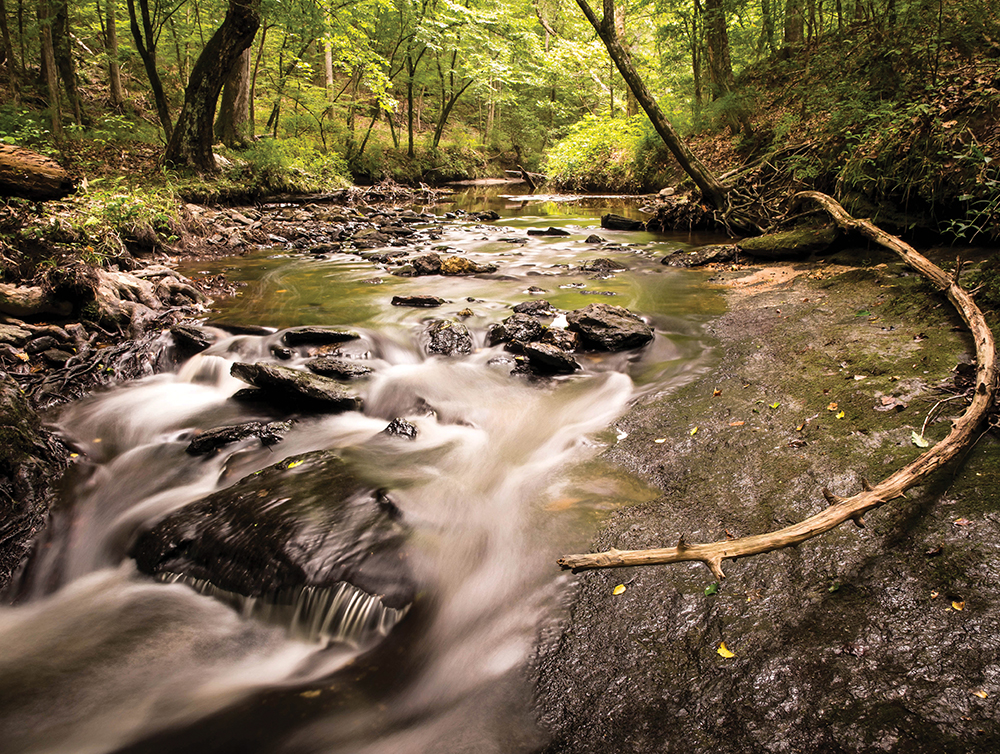
Raven Rock State Park, Avents Creek Access, Fuquay-Varina
Last year, North Carolina’s State Parks absorbed the brunt of the pandemic push to get outdoors. Nowhere was that more apparent than at Raven Rock State Park along the Cape Fear River: some weekend mornings the park reached capacity by 10 a.m. and had to shut its gates.
That, however, was the portion of the park south of the Cape Fear River. On the north side, at the Avents Creek Access, the East and West Bridle Trails, each 4 miles long, were more popular with recreationalists of the four-legged variety than two. Thus, there’s ample opportunity to enjoy the spring wildflower show the park has long been known for: Dutchman’s breeches and bloodroot by early April, saxifrage and trailing arbutu later in the month, and Solomon’s seal and bellwort in May. For several months, Raven Rock offers a who’s who of Piedmont spring wildflowers.
1549 River Road, Fuquay-Varina; 7 a.m. – 9 p.m. from March to May, 7 a.m. – 10 p.m. from June to August; for more information, visit ncparks.gov

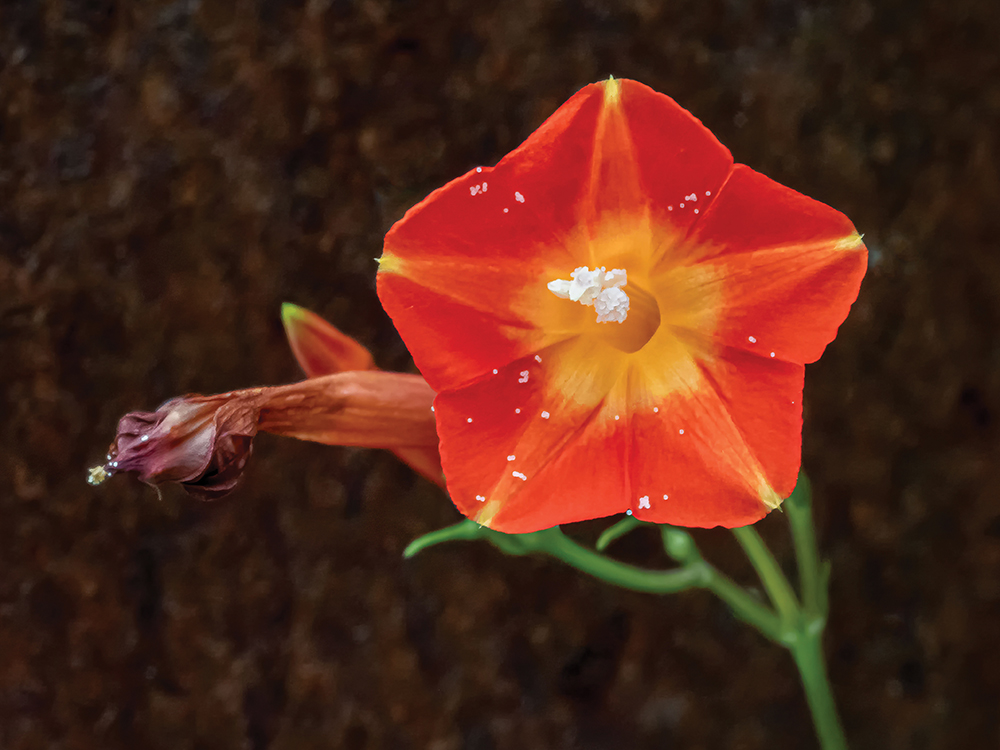
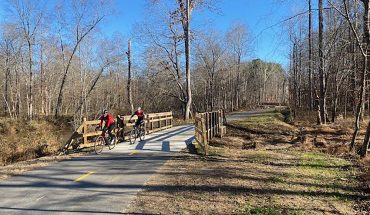
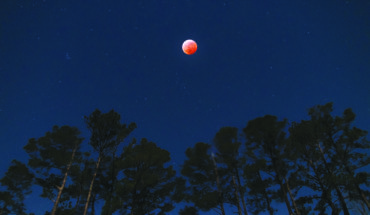

Pingback: 20+ Things to do in April in and around Raleigh - WALTER Magazine